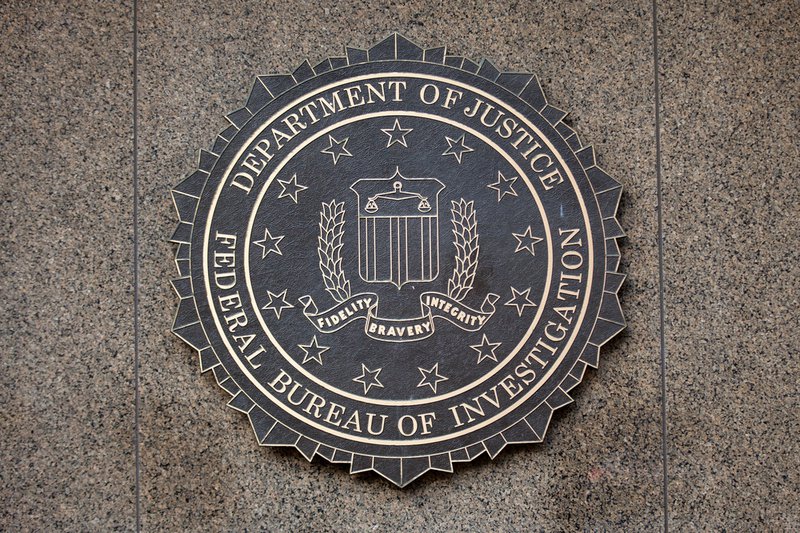Stingray Surveillance
Weekly Article

March 17, 2016
The FBI is currently making waves with its public crusade to crack the data cache of a single iPhone, but the FBI and other law enforcement agencies have been spying on the mobile communications of thousands of Americans for years, using a secretive technology we still know little about—and proving that not all Americans are equal under surveillance in the process.
The Electronic Frontier Foundation recently received confirmation that the FBI has a fleet of small Cessna aircraft outfitted with “dirtboxes,” airborne surveillance devices able to “capture the locational data of tens of thousands of cellphones during a single flight.” The dirtboxes in question are a type of Cell-Site Simulator, which are also referred to as “Stingray” devices (both nicknames refer to particular models, sold by Boeing-owned Digital Receiver Technology, Inc and the Harris Corporation, respectively).
Stingrays and similar cell-site simulators are powerful, portable surveillance devices that mimic cell towers in order to intercept all cell phone signals in a given area. These are frequently used as blunt surveillance tools used to collect data indiscriminately from a number of phones, but some models offer more refined tracking functionalities. Certain models can eavesdrop on entire phone calls, send malware, or gather serial numbers and individual phone locations. Stingrays are also known to disrupt bystanders’ normal mobile operations, possibly interfering with 911 and other emergency communications.
News story after story has broken regarding law enforcement’s use of stingray devices and similar cell-site simulators to secretly track cell phones, raising serious Fourth and First Amendment concerns. According to the ACLU, 61 law enforcement agencies ranging from the IRS to the NSA are known to have stingray devices. And because the technologies are used so surreptitiously, ACLU cautions that “this figure dramatically underrepresents the actual use of stingrays by law enforcement agencies nationwide.” But the technology’s widespread adoption has unfortunately not brought any more transparency or accountability to the devices’ use.
For years, these devices have been deployed without any policy in place to prevent abuse and to protect privacy and civil liberties. Although officials cite national security concerns as justification for using these devices, in one example, FOIA-ed data from the Tallahassee police department didn’t uncover a single investigation pertaining to homeland security. Rather, stingrays were largely used for theft and robbery incidents, as well as for tracking suicidal individuals and murder suspects.
Last year, the Department of Justice released a new policy of requesting a warrant before using a cell-site simulator. However, this policy still has exceptions, and applies only to federal agencies, and not the thousands of state and local agencies around the country.
Most recently, Memphis Mayor Jim Strickland admitted that the city was using the devices without a warrant. Despite making stingray transparency one of his campaign issues, he declined to discuss the matter further, blaming contractual obligations with the city. In fact, much of what is publicly known about stingray devices has been uncovered by journalists and civil liberties advocates relying on piecemeal FOIA requests.
Including this known reality: One of the most insidious aspects of this technology is that it does not affect all Americans equally. From FBI surveillance of Martin Luther King Jr. to the racial profiling of Muslim-Americans after September 11th, communities of color have been historically and systematically subjected to disproportionate policing. In the United States, people of color are more likely to be stopped, searched, arrested, and imprisoned. Black Lives Matter activists and protesters have been labeled as threat actors, and individuals who have used the #BlackLivesMatter hashtag have been singled out for online tracking by law enforcement. Given these historical biases, the use of an invasive and powerful technology like a stingray may serve to deepen and perpetuate disparities in policing.
When Stingray devices are allowed to conduct wholesale surveillance on civilians without a warrant or protections for civil rights and liberties, they have a corrosive effect on our democracy and public trust in government. These grave implications are undeniable, particularly whenever they are deployed at a protest, political rally, town hall meeting, or religious service, or disproportionately switched on in black, brown, and other vulnerable communities. The Federal Communications Commission has previously opened an inquiry on “unauthorized” uses of the devices, but all federal and local law enforcement agencies have a duty to curb warrant-less and surreptitious use and to protect civil rights and liberties.